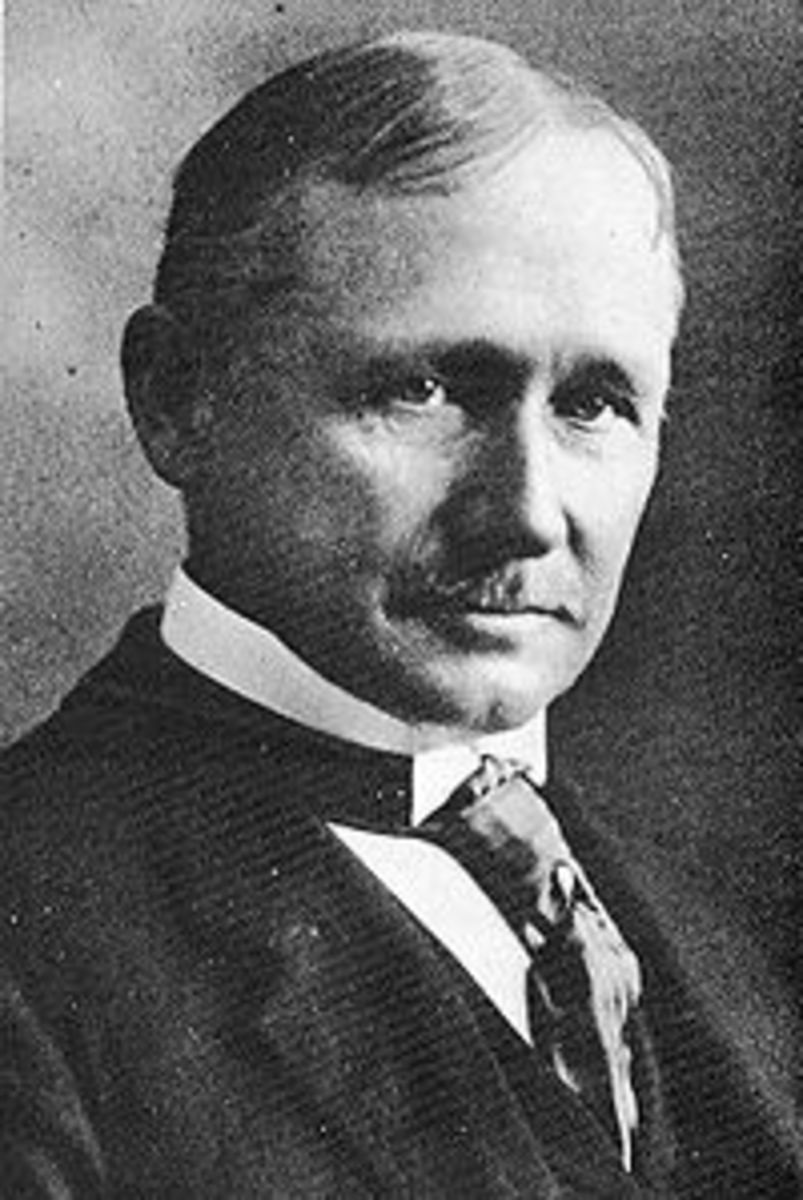Approaches, Ethics and Values as management tools

Values as management tools and approaches have been occupying an increasingly prominent place in the theories and practices of management in recent years. Athos and Pascale defined corporate values as "rules or guidelines by which a company encourages its members to have behaviors consistent with their sense of existence (order, security and development). Are paramount purposes of which the organization and its members must devote all his energy. "
Among the reasons for the need to give significant importance to the values at the managerial level are indicated as follows:
The values are the main drivers of the performance of individuals and organizations are those that give cohesion and sense of belonging and establish ethical commitments among its members, and the organization to its customers and partners. (Tom Peters).
Management models in place until the eighties and do not meet the new requirements.Customer orientation, new technologies and the inclusion of ethical values and principles must be the new benchmarks. This means that existing values at the personal level to acquire a new dimension when applied to the activity of the company. (Dolan-Smith).
Nothing is more important than the vision and values to determine what happens in a company. They are the basis for all other skills and practices. (Steiner).
A vision without values is like a journey without a roadmap. (Linbeck).
The values and beliefs are the most important of the three components of vision (values, objectives and targets) in an organization, suggest courses of action on how to act and interact to achieve what they want. (Quigley).
At least four models and management approaches in recent years appear as a fundamental component values. The 7s Model, the Organizational Behavior, Strategic Approach and, more recently, in the case of Management by Values.
The 7s Model was developed by Pascale and Athos, of consulting firm Mc Kenzie. Its purpose is to facilitate the understanding of how an organization operates, and from this, identify the areas that must act to achieve the changes you need. The 7s are what the authors regard as fundamentals of managerial work in an organization that, in his speech in English, are written with "s". The first three variables are: strategy, structure and systems, which are considered the "hardware" of success.
The four remaining variables are the "software" which are: style, staff (team of people), skills (skills) and shared values (shared values) that the model presented by these authors, is at the center of the remaining variables constituting the integrating element of all others.Him as the main component because they believe that the entire organization must share the same values and work to achieve mission success. "A well-run organization has a purpose that guides and a range of values that we all know and practice with pride," stated Athos and Pascale.
In the "Model of Organizational Behavior" analyzes the three levels through which passes the human factor in an organization are: Individual, Group and Organizational System. The individual is the "human input", when he joined the organization, bears, certain values and attitudes, skills, personality, motivational factors, etc.. The individual is linked to a group through the media and in their interaction with other members, is influenced by others, work climate, leadership style predominates, among other factors.
The group is linked to the organizational system through the leadership exercised by the head of the group, in turn, is influenced by the structure, job design and physical environment, policies and practices of human resources, as well as the "organizational culture", one of whose main components are the corporate values.
In this model, the values are present at all three levels, which brings the individual, which conform to the interaction in their group and, finally, that characterize the culture of the organization. The end result of this whole process, from the viewpoint of human factor results in four basic indicators: productivity, job satisfaction, turnover, or absenteeism.
In this model the values are identified as the basic convictions that a specific mode of conduct is preferable from the standpoint of personal or social, in a manner contrary behavior. The sources of value systems with which to "fall" of individuals to the organization are influenced by factors such as national culture, influence of parents, teachers and friends and other environmental influences.
The types of values are: theoretical preference for a rational, economic, emphasize the useful and practical, aesthetic preferences for forms and harmony, social preferences and the relationship people, politicians, emphasize achievement of power or influence, religious, refer to the interpretation of the world. Another form of classification of values is: terminal values, their carriers are focused on results, goals, achievements, recognitions. In addition, the instrumental values, focusing on processes and behaviors such as honesty, responsibility, teamwork.
The values that "go" people in an organization is manifested in their behavior. When the organization identifies can use them according to their objectives, for example, someone prevailing social values, can be very useful for positions that must interact with people, those in the prevailing economic values may be more useful in positions where they need to manage resources.
Regardless of the type of values prevailing in all the individuals, the above conclusion that Robbins and others is that "values are learned, you can educate people on values that are necessary for an organization." In short, organizations can create conditions for people to act influenced by certain values that are consistent with what is proposed organization. In this play an important role, work systems, performance evaluation and leadership prevail.
In the strategic approach, the values are one of the main components of strategic formulations of the organization include: identity, defining who we are, the Vision, where we want to or what we aspire, the Mission, which states that business are , what is our reason for being, what makes us different, the goals, the results we intend to achieve in a given period. Finally, the precise values that should characterize the conduct of members of the organization.
At the strategic level, "shared values" are the essential statements to perform the mission and vision that has set the organization are to guide and inspire the actions of members of the organization, serving as mechanism of self-control and strategic channel for the launch of the mission and vision. The objectives need "what results we have," while the values needed "how we do it," behavior and behaviors to identify.
What are the values as part of the strategy of the organization?. According to experts:
They guide, guidance, their members on how they should behave.
Strengthen the cohesion of its members and protect the organization from external threats.
Serve as a mechanism of self-government, which are targeted members of the organization to assess how we are doing.
Used for the selection and evaluation of staff.
Give coherence and "soul" (feelings) to the organization.
Among the values that, according to researchers characterize successful companies include: providing customers with quality and best services, considering his people as the most valuable resource, supporting creativity and innovation, sharing information and working in teams fair for all; reward relevant results, respect and communication between everyone.
The focus on the securities, as a management tool, it becomes more relevant in the management by values, originally made by Dolan (Canada) and Garcia (Spanish) define it as "a new strategic leadership tool is based on values and aims to introduce the dimension of the person within management thinking in daily practice, which is a major source of competitive advantage. "
For these authors, values are the key drivers and motivators, while the profit is the reward.In for-profit companies, provide a sense of belonging, allow the integration and cohesion of its members, and project an image and create a human environment and commitment in organizations.
The objectives of this approach are: simplicity, which means integrating the organizational complexity in concepts understandable to all; guide, to direct the strategic vision, and finally compromising, integrating the strategic direction of human resources policy.
For a discussion of this approach, the authors, analyzing a sequence of beliefs, which are generated by values, which become norms, attitudes, behaviors, and ultimately translate into results. Unlike other approaches discussed in this case proposes an implementation process that includes as main steps: commitment to allocate resources, development of values, accuracy of goals, developing personnel policies and what they call maintenance, which refers to the monitoring and assurance.
Like Robbins, the authors believe that organizations can play an important role in the creation of new values in people. For this, the heads may use many tools, considering that the most important are: the creation of a motivating vision, listening to people, communicate effectively, educate by example, to promote forms of behavior which, with its reiteration they become habits.
Quigley offers the following "advice for leaders" to work with values.
Share the definition of its values. There is no better way to ensure a sense of belonging and commitment to participation.
If necessary, change their values. They should be a source of stability in a world that changes so fast.
The sense of values is to move the heart, do not close your mind. Keep an open mind to the important values of its people.
Give values the importance given to the figures. Remember that everyone understands the values, but not all understand the figures.
Express your values explicitly and short, people will have no difficulty in remembering and transform them into action more easily.
The test of its values lies in the effect they have on their performances in the workplace.
In consultation processes we have done in different types of organizations, strategic processes, change programs or the introduction of values, we reached the following conclusions.
Not enough to "lay down" values, it is essential to give a short definition that is shared by all. The "customer" may not be interpreted in the same way by everyone.
For values "operate" as an instrument of cohesion and direction is necessary to define what "observable behaviors" through which they examine whether they are applying the values to be defined.
The defined values should be used in personnel selection, assessment and rewards.
The heads should be "models", examples in the compliance of the securities.
If these conditions are not met, the values are limited to a statement of good intentions.








